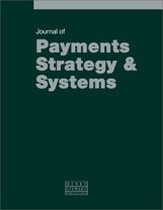Money markets, monetary policy and payment systems: Policy issues for central banks in times of turbulence
Abstract
The purpose of this paper is to provide a simple analytical framework for approaching the basic interrelations between payment systems, money markets and monetary policy and to put in context some of the complex policy issues that central banks face in times of distress in tackling the tensions between their goals of promoting the smooth functioning of the payment system and the inter-bank money market, and their monetary policy constraints. The paper focuses on realtime gross settlement (RTGS) systems, where these tensions are more evident because the reduction in credit risk is traded off against increased liquidity requirements so that the payment system becomes more reliant on the virtuous circle of coordinated actions by participating settlement agents. A variety of monetary and payment system operational alternatives have been adopted by central banks to smooth the functioning of the RTGS system in the face of high volumes of payments that are several times higher than overnight settlement balances. Finally, the paper discusses how central banks have responded to the new challenges raised by the recent market turmoil, concluding that payment systems have performed well thanks to the progress made in this field in the last ten years, but that liquidity disturbances in the money markets have moved central banks to adopt more active policies to provide extra liquidity, at lower cost and longer duration. Moral hazard has increased, and some central banks risk facing an 'exit problem', but the debate on how better to balance monetary policy objectives and payments policy needs is still open.
The full article is available to subscribers to the journal.
